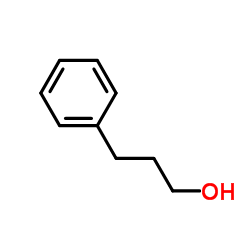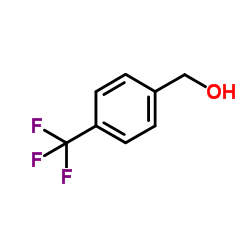| 结构式 | 名称/CAS号 | 全部文献 |
|---|---|---|
 |
3-苯丙醇
CAS:122-97-4 |
|
 |
4-(三氟甲基)苄醇
CAS:349-95-1 |
| 结构式 | 名称/CAS号 | 全部文献 |
|---|---|---|
 |
3-苯丙醇
CAS:122-97-4 |
|
 |
4-(三氟甲基)苄醇
CAS:349-95-1 |